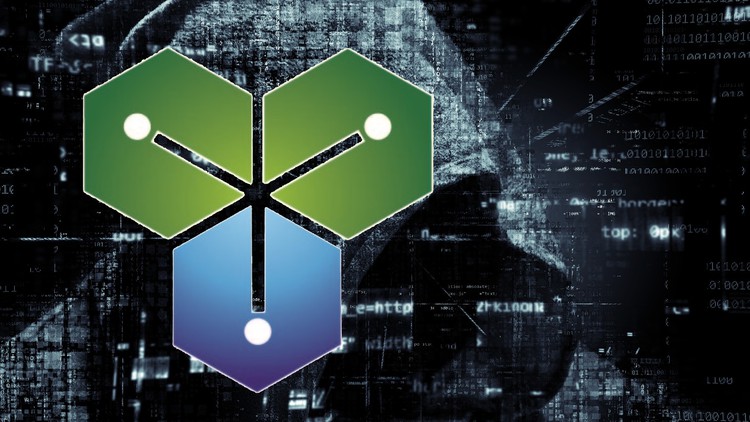
What you will learn
Understand basic Cyber Security concepts
Build Employee security policies and create a comprehensive Cyber Security plan
Basic concepts for Firewall, DDoS, DNS, Microsegmentation, URL Filtering, SSL Port Security, honey pots, penetration tests, and more
Learn Cyber Security concepts as they relate to Cloud Computing
Description
Are you brand new to Cyber Security? Have you found that many of the training resources out there use complex technical jargon that make it difficult to understand the basic concepts? If you need to get a basic understanding of Cyber Security quickly and clearly, this is the course for you.
This course answers the questions:
- How do we mitigate common attacks like ransomeware and DDoS?
- What threats are posed by Social Engineering?
- What is network segmenetation vs. microsegmentation?
- How do remote workers impact my Cyber Security plan?
- How do firewalls, honey pots, network segmentation, port security, and SSL work?
I have taught over 100,000 students across a variety of platforms, and I think anyone who needs to understand Cyber Security will love this course. Most lectures in this course are 5 – 10 minutes long. This course gives you an understanding of the most critical areas of Cyber Security, and includes focused instruction for on-premises datacenters, virtual, and cloud computing environments.
If you need the basics of Cyber Security, this course will give you a strong foundation, and is the ideal starting point.
If you are a manager or administrator who needs a basic understanding of what a Cyber Security plan should include, this is the course for you!